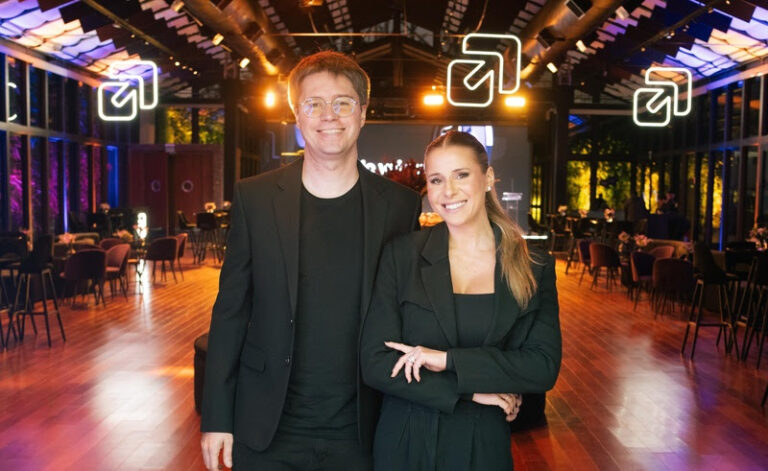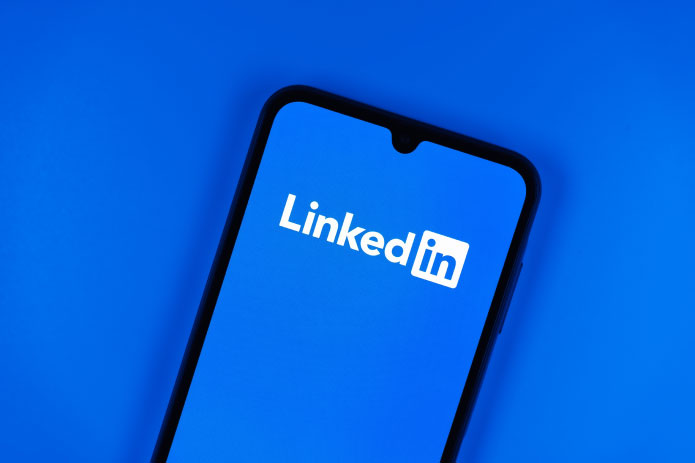There are still people who believe that cyberattacks are something distant or exclusive to large corporations. But the reality is another: digital crime has become routine.Silent scams, data leakage, fraud and system invasions have paralyzed operations, destroying reputations and causing losses that go far beyond the financial.
In 2024 alone, the number of digital crimes in Brazil grew 95% compared to the previous year, according to Check Point Software. And the trend continues to grow in 2025. Artificial intelligence, used by companies to detect risks, is also being used by criminals to create increasingly articulated scams. A recent survey by Cisco showed that 93% of organizations already use AI to protect themselves, but 77% have been attacked with the help of this same technology. With the advancement, criminals can create extremely realistic false communications, which deceive even the most attentive and induce error.
For Allan Costa, CEO of ISH Tecnologia, the cyber threat is no longer a future possibility, it is a constant reality. “Digital security has become everyone's conversation. Everyone says it does. But in practice, when we analyze the level of maturity of companies, most are still in their infancy.”
In Allan's view, digital security goes far beyond technology, it involves risk, trust and reputation, and it needs to be on the board's agenda, not just in the hands of ITNothing in digital security is 100% safe.There is no silver bullet”, alert.
He argues that every company needs to assume that incidents will happen and, therefore, the focus should be on the ability to quickly detect and respond immediately. This means having monitoring structures such as SOCs (Security Operation Centers) and MDRs (Monitoring, Detection and Response) operating 24 hours a day. “The hacker has no business hours.Your defense needs to keep up with this pace”, reinforces.
In the CEO's view, an efficient strategy combines technology, processes and people, with continuous investment even if success seems invisible, when “nada happens”. In addition, he warns that many attacks begin in human failures, such as clicks on malicious links, use of weak passwords or careless behavior in social networks.
As an example, he explains that in all proofs of concept carried out by ISH with new customers, there is always leaked data already available on the deep or dark web. This shows that often companies do not even know that they are already exposed.
Allan also shares personal recommendations: use strong passwords and change them regularly, avoid public Wi-Fi networks and, if possible, separate banking devices from those used for ordinary browsing.
Marcos Koenigkan, entrepreneur and president of the Mercado & Opinion group, has been holding meetings with great leaders of the country.
“We are living in a time when business continuity depends directly on the ability to protect data, processes and reputation. It is no longer a question of protecting yourself from an attack, but of how your company will resist and react when it happens”, he says.
For Marcos, the role of leadership has never been more decisive. “Digital security needs to start from the top.It is a strategic choice, which impacts brand value, customer relationship and business sustainability.”
He also points out that the current challenge is not only to invest in tools, but to create an organizational mindset focused on prevention, preparedness and intelligent response. “Safety is routine, it is culture, it is leadership decision. And this needs to be present in the company strategy”, in the concludes.
Paulo Motta, partner of Marcos Koenigkan in the Market & Opinion, reinforces: “It is necessary to understand that security is not done with a single action, it is routine, process and awareness at all levels of the company
With cyberattacks increasingly present, prevention remains the best defense for business, and it starts with engaged leadership, strategic decisions, and a real change in how companies view digital security: not as a cost, but as a priority to ensure trust, continuity, and growth.











